Pixel 9 Pro vs Galaxy S25: The fight for the Android crown
We may earn a commission if you make a purchase from the links on this page.

Intro
The Pixel 9 Pro arrived with a trimmed down dimensions and this diet has shifted the market and positioned the model differently.
With its 6.3-inch screen, the Pixel 9 Pro now competes directly with the Galaxy S25, among others, and this new battle of compact phones deserves our attention.
Which one would be the better fit for you?
Pixel 9 Pro vs Galaxy S25 differences:
| Pixel 9 Pro | Galaxy S25 |
|---|---|
| Slightly bigger than the Galaxy | A more compact phone |
| Heavier at 199 g | Lighter at 162 g |
| Larger 6.3-inch display 1-120Hz refresh rate | A bit smaller 6.2-inch screen 1-120Hz refresh rate |
| Optical fingerprint reader | Ultrasonic fingerprint scanner |
| 50 MP main camera with bigger sensor f/1.7, 1/1.3" sensor | 50 MP main camera f/1.8, 1/1.56" sensor |
| 48 MP ultra-wide | 12 MP ultra-wide |
| 5X telephoto, f/2.8 | 3X telephoto, f/2.4 |
| Slower Tensor G4 chip (4 nm) | Faster Snapdragon 8 Elite chip (3 nm) |
| 16GB RAM | Less RAM – 12GB |
| Equal native storage (128GB) | 128GB base model |
| Larger 4,700mAh battery that will potentially deliver better battery life | A smaller 4,000mAh battery |
| 45W wired charging | Slower 25W wired charging |
Table of Contents:
Also read: Google Pixel 9 Pro XL vs Samsung Galaxy S24 Ultra: Almost a draw
Design and Display Quality
The future is flat?
The design language of the Pixel 9 Pro has undergone a significant shift—the first major redesign since the Pixel 6 series introduced the Camera Bar.
This time, the Pixel 9 Pro offers an entirely new look and feel, featuring flat sides, a flat front and back, and a more traditional (yet horizontal) camera bump. And oh boy, is this camera bump massive! Many in the industry have already nicknamed it a "shelf," underscoring just how large and sticking out it is.
Meanwhile, the Galaxy S25 closely follows the design of recent Galaxy S-series devices, with little to no visual changes. It retains the familiar glass-and-metal sandwich design, flat sides and back, and the same camera arrangement with three separate housings for its rear cameras.
The size and weight of the new "compact" Pixel 9 Pro now bring it closer to the Galaxy S25. The Pixel measures 152.8 x 72 x 8.5 mm and weighs 199 grams. However, the Galaxy S25 remains the more compact device at 146.9 x 70.5 x 7.2 mm and is also lighter, at 162 grams.
This time, the Pixel 9 Pro offers an entirely new look and feel, featuring flat sides, a flat front and back, and a more traditional (yet horizontal) camera bump. And oh boy, is this camera bump massive! Many in the industry have already nicknamed it a "shelf," underscoring just how large and sticking out it is.
The size and weight of the new "compact" Pixel 9 Pro now bring it closer to the Galaxy S25. The Pixel measures 152.8 x 72 x 8.5 mm and weighs 199 grams. However, the Galaxy S25 remains the more compact device at 146.9 x 70.5 x 7.2 mm and is also lighter, at 162 grams.
Display Measurements:
When it comes to displays, as mentioned earlier, the screen sizes are quite similar, and the screen tech is nearly identical. The Galaxy S25 features a flat 6.2-inch Dynamic AMOLED 2X display with a Full HD+ (2340 x 1080) resolution and a smooth 120Hz refresh rate.
The Pixel 9 Pro, on the other hand, boasts a slightly larger 6.3-inch flat OLED panel with a resolution of 1280 x 2856 pixels and the same adaptive 1–120Hz refresh rate. The Pixel has an advantage in pixel density, thanks to its higher resolution (495 PPI vs. 416 PPI on the Galaxy S25).
If you take a look at the display tests above, you'll see that the Pixel is still THE brightness champion, despite a strong challenge from the S25. The 250-nit difference is almost imperceivable in real-life conditions, so don't put too much weight on these numbers, both phones are plenty bright.
What's perceivable is the minimum brightness, especially at night. The Galaxy S25 can go under 1 nit which is much easier on the eyes when in low-light environment.
That's the only win for the Galaxy though, as color accuracy is better on the Pixel, along with pixel density, and brightness as we saw above.
Performance and Software
"For Galaxy" wins this round
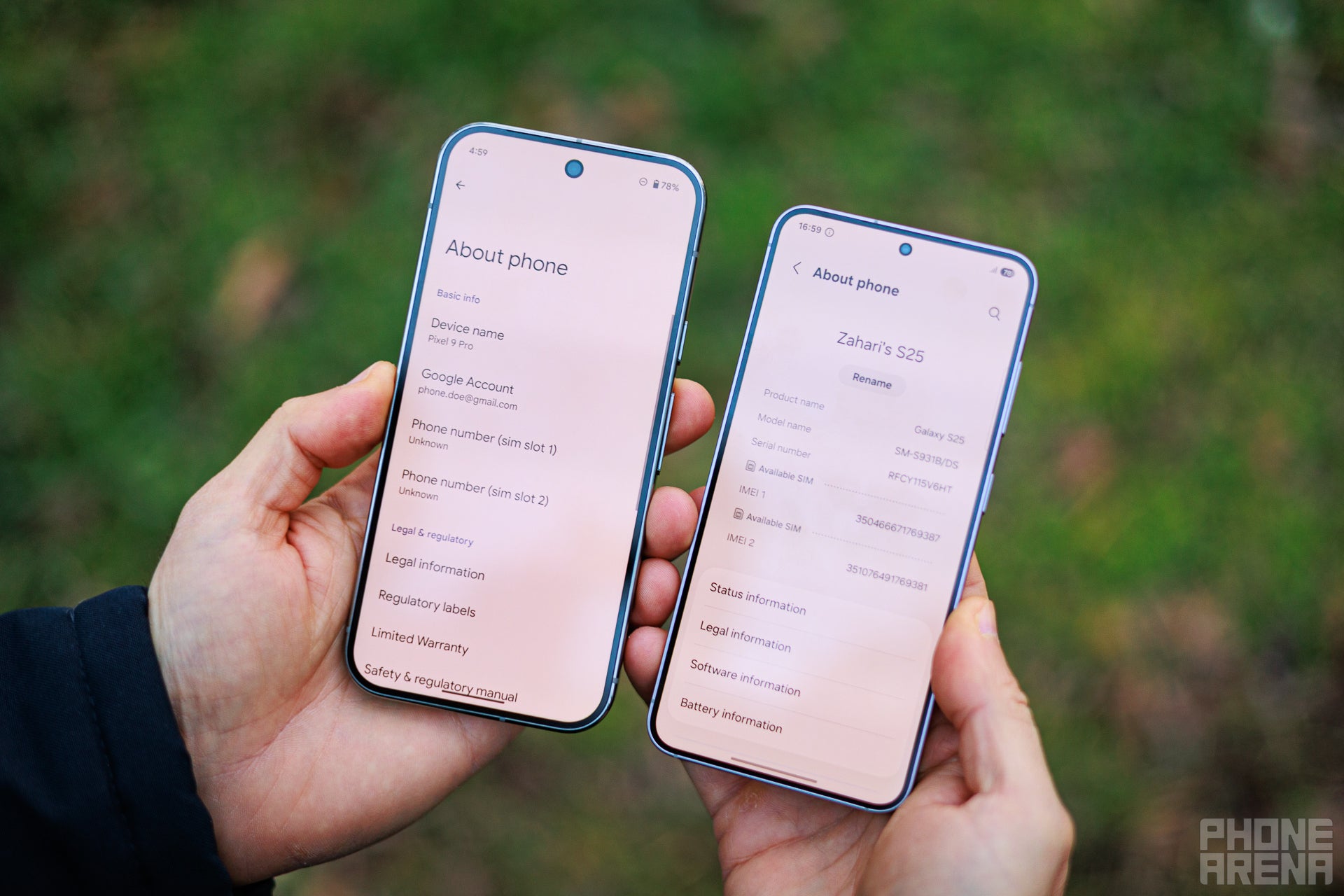
The Galaxy S25 features the latest and already quite popular Qualcomm silicon, the Snapdragon 8 Elite. This processor has already attracted a lot of attention, with early benchmarks from other recently launched Android flagships placing it in direct competition with Apple’s A18 Pro. Samsung has extended its collaboration with Qualcomm, and the Snapdragon inside the S25 comes with the "for Galaxy" branding, offering a slight overclock and potentially higher synthetic benchmark scores.
The Pixel 9 Pro, on the other hand, is powered by Google’s fourth-generation Tensor G4 chipset, developed in-house with a strong emphasis on machine learning and AI. The Tensor still lags in raw performance (even compared to the older Snapdragon 8 Gen 3), and we think the Elite will come on top of the G4 in benchmark scores. Time to check this one out!
Performance Benchmarks:
Unsurprisingly, the Tensor G4 is no match for the new A18 killer, the Snapdragon 8 Elite. In synthetic benchmarks, Qualcomm's silicon obliterates the Tensor, scoring more than twice higher in multicore and 3D benchmarks. That said, benchmark numbers don’t always reflect real-world performance, and the Pixel 9 Pro is smooth and fast in everyday use.
In terms of RAM, the Pixel 9 Pro comes equipped with 16GB of RAM and offers a wide range of storage options, from 128GB up to 1TB. The Galaxy S25, by comparison, comes with less RAM (12GB); storage options start at 128GB and extend to 256GB and 512GB variants.
On the software front, both phones live within the Android ecosystem, setting the stage for a tough AI showdown.
Samsung started its AI journey with Galaxy AI, while Google’s Gemini brings its own set of strengths and weaknesses. The Galaxy S25 features some cool Galaxy AI enhancements, such as "Now Brief" (an AI-generated summary of your day), YouTube video summaries, and the usual writing and translation aids.
Funnily enough, Samsung has integrated Gemini into the Galaxy S25 Series and even offers Google’s LLM as a standalone option.
Camera
Good old times
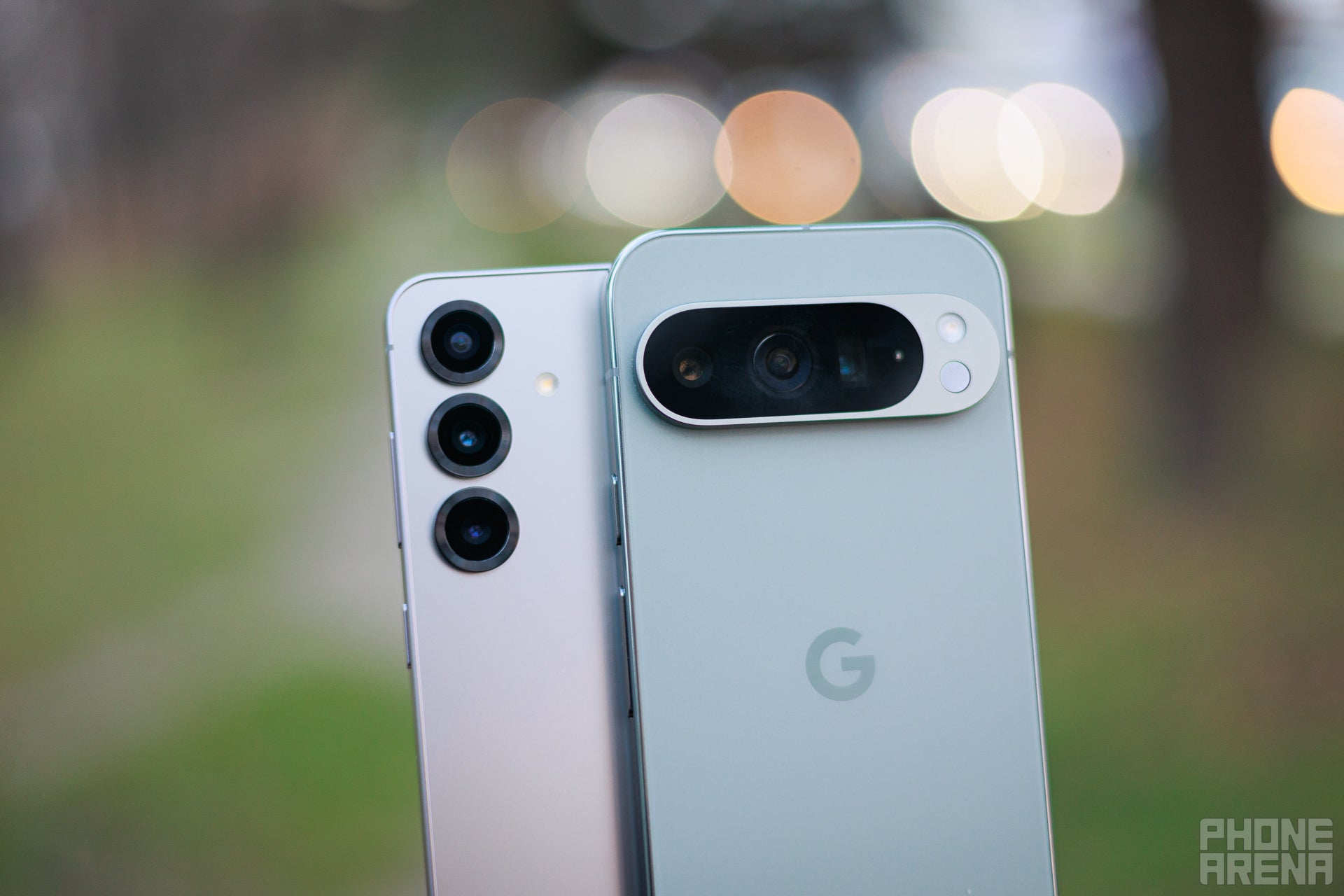
PhoneArena Camera Score:
Samsung has opted to keep the camera hardware of the Galaxy S25 unchanged for another year.
While this decision might spark some controversy, recent advances in AI and post-processing algorithms have significantly reduced the reliance on yearly hardware upgrades. That said, we would have appreciated a new, higher-resolution ultrawide camera or a different sensor for the Galaxy S25's main lens. Instead, the device comes with the same 50MP main camera, 12MP ultrawide, and 10MP 3X telephoto from last year.
Google has also carried over the triple-camera system from the Pixel 8 Pro, which includes a 50MP main camera, a 48MP ultrawide, and a 48MP telephoto with 5x optical zoom. The big differences lie in the AI-powered image algorithms, as the Pixel introduces several new features, such as the "Add Me" feature, expanded options in the Magic Editor, a new Panorama mode, and more. Another cool thing is that the Pixel can upscale videos to 8K resolution.
Samples speak louder than specs, as we've always said, and below you will find some.
Images from the main camera turn out to be surprisingly similar between these two, or should we say unsurprisingly as the scores in our camera widget already suggested the incoming tie. This is true for the ultrawide samples as well, with a slight difference in color tonality and white balance. Overall, the quality is very similar once again. Things start to look a bit different when we zoom in. The periscope zoom system inside the Pixel 9 Pro gives it an advantage which can be seen in the widget and in the samples as well.
Here's a quick video comparison between the Pixel 9 Pro and the Galaxy S25:

Battery Life and Charging
Advantage Pixel
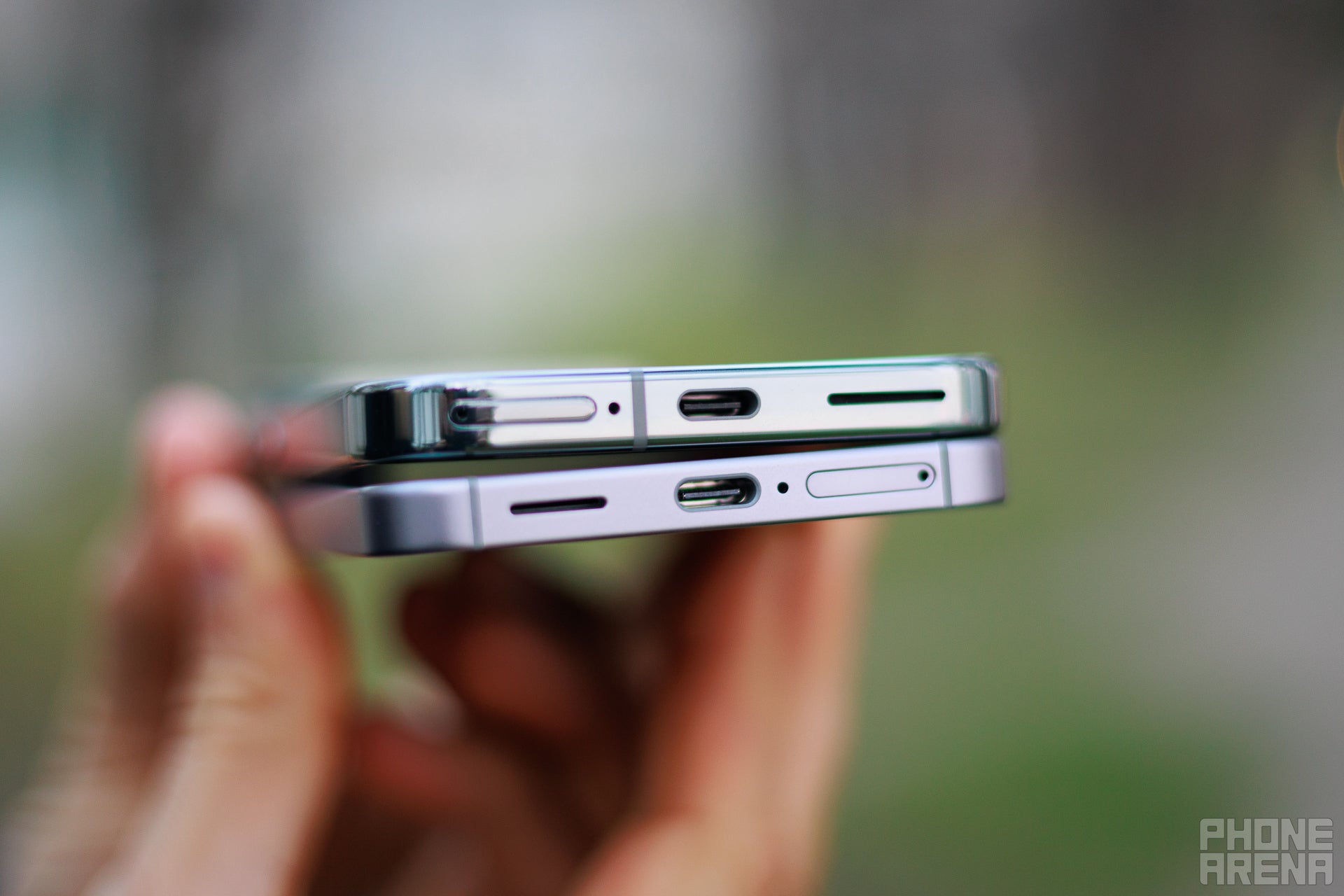
The Pixel 9 Pro features a slightly smaller battery than its predecessor, a trade-off resulting from Google shrinking the display of the Pro model to make room for the new Pixel 9 Pro XL variant. The capacity now stands at 4,700 mAh (down from 5,050 mAh), though charging speeds remain unchanged.
The Galaxy S25, on the other hand, retains the same 4,000 mAh battery as its predecessor, giving the Pixel a potential edge in battery life. In our tests, Google’s flagship managed 6 hours and 53 minutes overall, placing 44th among phones tested in the past two years.
The Galaxy S25, on the other hand, retains the same 4,000 mAh battery as its predecessor, giving the Pixel a potential edge in battery life. In our tests, Google’s flagship managed 6 hours and 53 minutes overall, placing 44th among phones tested in the past two years.
PhoneArena Battery and Charging Test Results:
Things turned out unexpectedly interesting! The Galaxy S25 managed to outscore the Pixel 9 Pro when it comes to combined battery life score, thanks to the higher results in browsing (the phone lasted 1:30 h more), and gaming (outscoring the Pixel with the whopping five hours). The gaming score might be down to poor optimization of the Tensor but it is what it is, the final score is in favor of the Galaxy!
Specs Comparison
Here's a quick specs comparison for the number nerds out there. You can check out our full Pixel 9 Pro vs Galaxy S25 specs comparison on PhoneArena.
| Specs | Pixel 9 Pro | Galaxy S25 |
|---|---|---|
| Dimensions | 152.8 x 72 x 8.5 mm | 146.9 x 70.5 x 7.2mm |
| Weight | 199 g | 162 grams |
| Screen | 6.3-inch OLED 1-120Hz | 6.2-inch Super AMOLED 1-120Hz |
| Processor | Google Tensor G4 (3nm) | Snapdragon 8 Elite (for Galaxy) |
| RAM, Storage and Price | 16/128GB for $999 | 12/128GB for $799 |
| Cameras | 50MP main 48MP ultra-wide 48MP telephoto, 5x optical 42MP front | 50MP main 12MP ultra-wide 10MP telephoto, 3x zoom 12MP front |
| Battery Size | 4,700 | 4,000 mAh |
| Charging Speeds | 45W wired Wireless support | 25W wired Wireless support |
Which one should you buy?
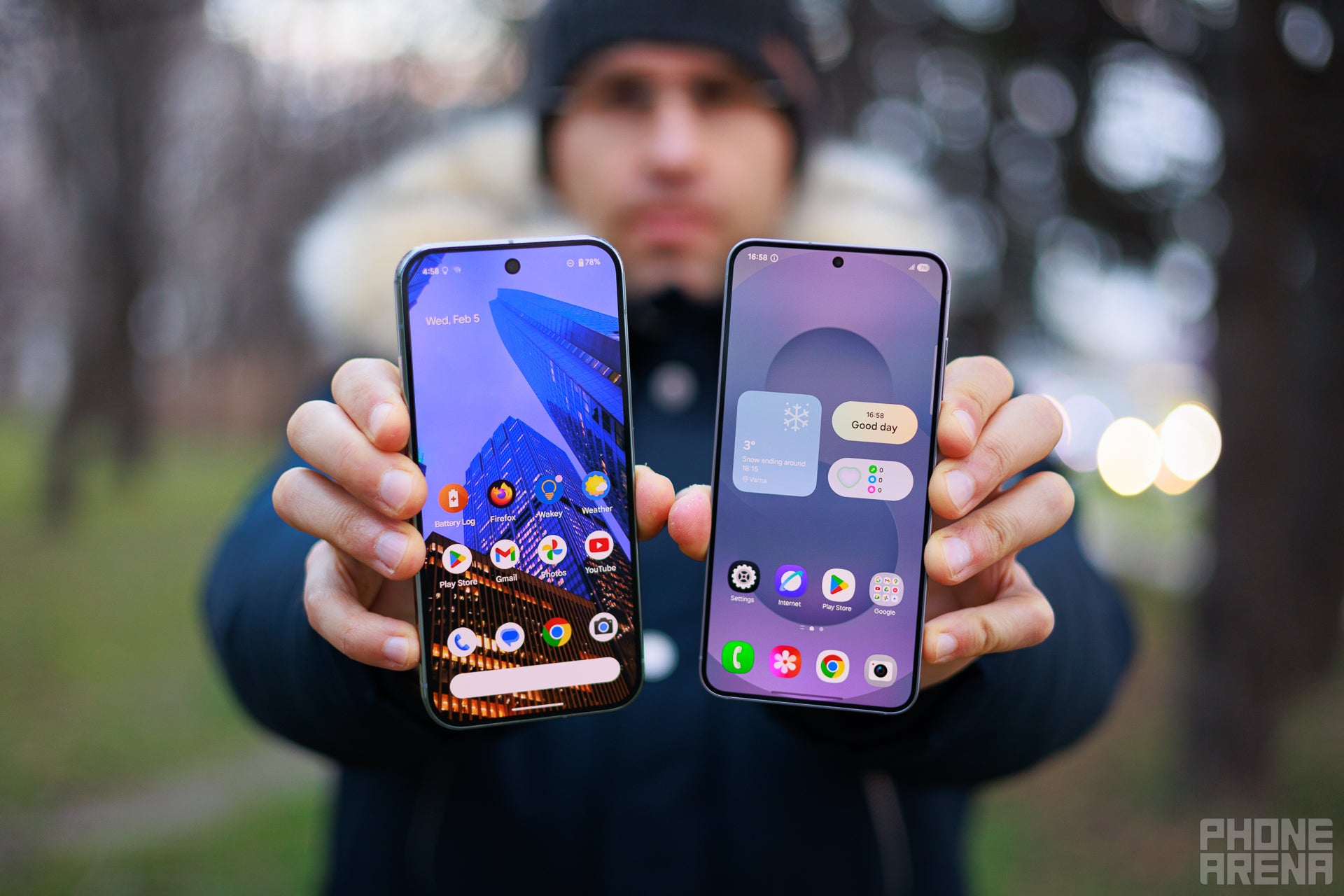
This would've been a much easier question to answer had Google not changed the lineup. With the Pixel 9 Pro getting smaller and closer in size to the vanilla S25, things suddenly got more complicated. On the one hand, you have Google's software experience, which is the fastest way to get every single Android update for seven long years.
Couple that with Gemini and Google's resources and you have a very potent flagship Pixel phone. Probably the best one in years.
On the other hand, Samsung's AI game has been top notch lately with Galaxy AI, and the recently announced S25 also features the latest hot topic in smartphone silicon, the Snapdragon 8 Elite, made even faster with the moniker "for Galaxy."
Given the more attractive price tag of the Galaxy S25, and the impressive results the phone scored in our tests (on par with the Pixel 9 Pro or even stronger in some departments), Samsung's flagship is shaping out to be a very good package altogether and a decent bang for your bucks.
Follow us on Google News


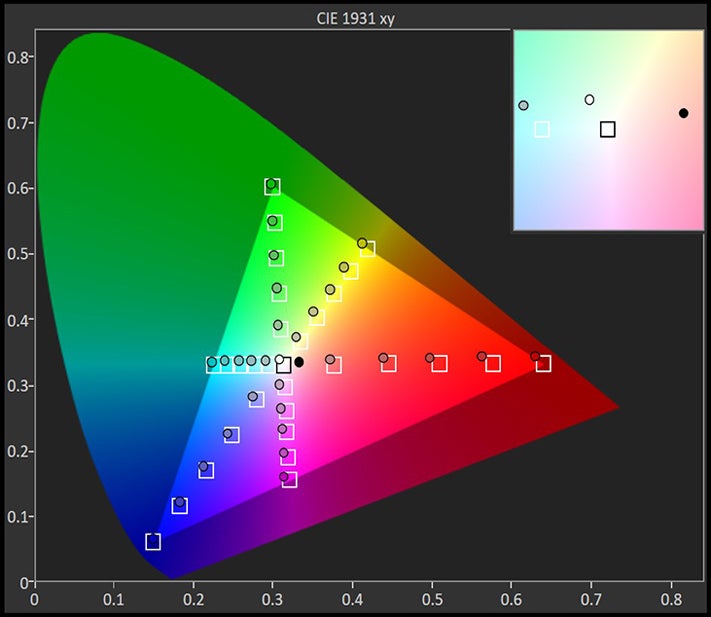






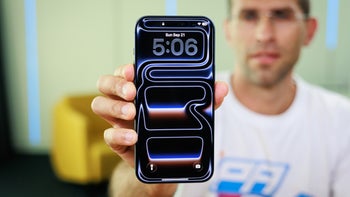
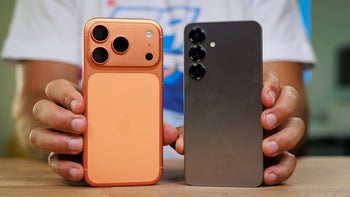
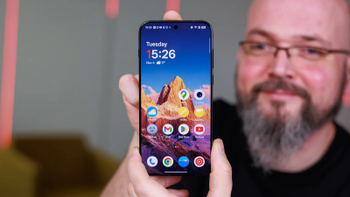
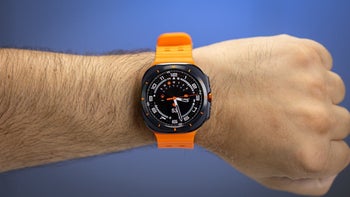
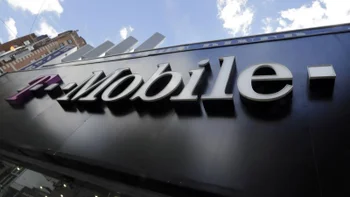
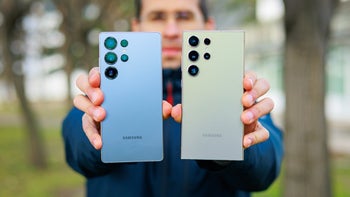

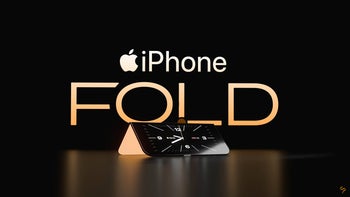
![A new Android bug is making it impossible to install new apps. Are you affected? [UPDATE]](https://m-cdn.phonearena.com/images/article/176703-wide-two_350/A-new-Android-bug-is-making-it-impossible-to-install-new-apps.-Are-you-affected-UPDATE.webp)
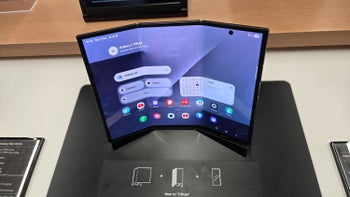
Things that are NOT allowed:
To help keep our community safe and free from spam, we apply temporary limits to newly created accounts: